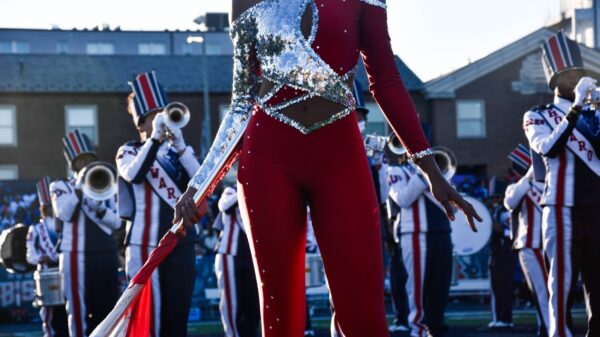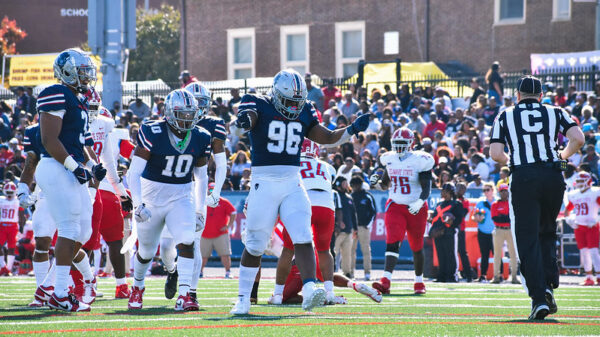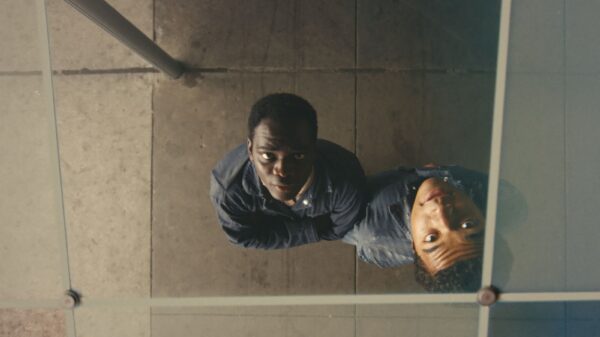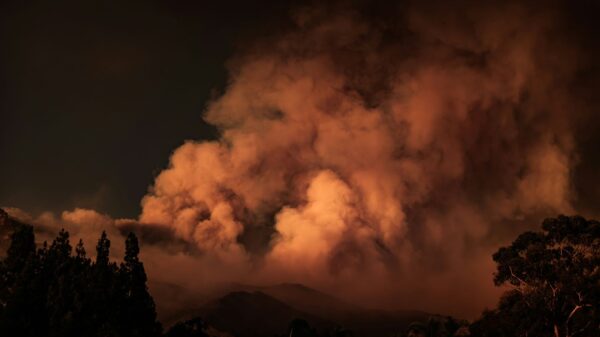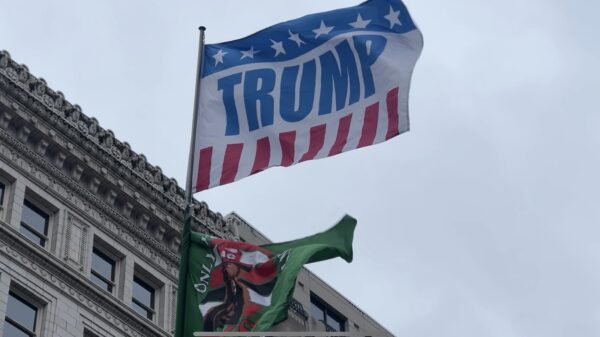By Jade Flint, Culture Editor

Carnival is a traditionally Catholic celebration but influenced by Pagan traditions with gluttonous days or weeks-long festivities to feast before the Lenten Season. The practice began in largely Catholic Southern European countries where people would host various balls and feasts from Christmas time up to Ash Wednesday. However, through rampant colonization, the tradition spread to the Americas and adapted to the inhabitants of each country. Today, it’s celebrated in several major cities in Europe, North America, South America and the Caribbean and highlights the culture and history of the region.
Carnaval in the Brazilian city of Rio de Janeiro hosts by far the largest Carnival celebration that takes place during the four days leading up to Ash Wednesday. Traditionally, it was a food festival where citizens feasted on different meats and delectables before the 40 days of abstinence and penitence during Lent. The word “Carnival” originated from the Latin expression of carne vale translating to “farewell to the meat.”
The contemporary popularity of Carnaval began in 1917 when the samba was introduced. Samba is an energetic dance with quick foot movements that is derived from traditional African dances. Samba schools were invented in the 1920’s where neighbors came together to attend the festivities in similar costumes which have now evolved into a competition in the thousands.
Without the incorporation of African-influenced music and dance, Carnaval would not have become the energetic, pulsating festival that we know today. Another important aspect of Carnaval is the act of freeing oneself of the inhibitions of everyday lives. Traditionally, class and racial divisions were somewhat invisible and allowed people to pretend to be something else in a fantasy world of their own creation. Today, Brazilians are using the time to express their discontent with the growing disparities with the rich and the poor, Black and White, and straight and LGBTQ+ communities for example. Protests against the national President Jair Bolsonaro and the gun violence that plagues Brazil were also common sights. Furthermore, the fantasy world of Carnaval shows us the potentiality of better in our real lives.
Similar to Carnaval, New Orleans’ Mardi Gras is a fantastical celebration of epic proportions that allows participants to leave their quotidian lives in favor of pretending to be anyone they can imagine. The tradition and name come from the French “Boeuf Gras” meaning “fattened calf.” Traditionally, the Catholic Creole families of New Orleans held irregular but amazing balls and parades during the 18th century.
However, the tradition took on its modern-day form through Anglo-American immigrants who were influenced by the secret societies in Mobile, Alabama who paraded as early as 1704. Thus technically Mardi Gras commenced in Mobile, Alabama. However, the city of New Orleans turned the festivity into the world-renowned phenomenon that it is today. Given the prevalent racism and segregation in the Jim Crow South, many of the krewes, the commonly used word for traditional Mardi Gras organizations, such as Rex, Comus, Bacchus and Endymion do not allow Black people in their organizations as well as resembling the Ku Klux Klan in their costuming, suggesting strong affiliations to anti-Blackness.
Black people responded by creating their own traditions and parades. For example, the Mardi Gras Indians are one of the richest Mardi Gras traditions where Black people create elaborate beaded costumes and parade in the streets of New Orleans. They created “tribes” as well harking back to the traditional relationship between Black and Native American people during antebellum times where Native Americans helped Blacks escape the tyranny of enslavement and accepted them into their societies. Another popular response to the exclusion was the creation of the Zulu Social Aid and Pleasure Club. The Zulus were founded around 1901 and first paraded as such around 1909. The group dons Blackface and grass skirts to mockingly embrace the negative stereotypes bestowed upon Black people during the time of early 20th century.
Arguably the most prized possession from the Mardi Gras season is the Zulu coconut. Richly decorated with various paint, glitter, and feathers, Mardi Gras-goers clamor to get their hands on one annually. The tradition started in the early 20th-century as a cheaper alternative to the glass beads that were customary for Mardi Gras krewes to hang out as well as matching the aesthetic of their stereotypical quasi-African garb. The rich contributions of Black people from the Indians, Zulu, and other Black parades like NOMTOC are some of the most notable parts of the Mardi Gras celebration.
While Carnaval and Mardi Gras have known fame in the US for decades, Carnival in Caribbean countries like Barbados and Trinidad and Tobago has recently become known to many Americans through the participation of celebrities like Rihanna and Nicki Minaj. A staple in the Caribbean carnival celebration, Trinidad and Tobago’s Carnival is known in America simply for its mashup of color, vibrant sounds and lots of skin.
Historically, the festivities start from Christmas to Ash Wednesday, similar to Mardi Gras and Carnaval, for the white planting class only with masquerade balls and small parades. Blacks were only allowed to participate in service or entertainment capacities. Additionally, one of the popular costumes for the whites were caricatures of Blacks as hypersexual and/or childish. After enslaved Africans were emancipated in 1834, Carnival became a celebration of their freedom and resistance against the colonial powers that be. Black people took to the streets to celebrate in true carnivalesque, completely uninhibited. Due to this, whites began to rescind their approval of carnival festivities and cease participating, even going as far to spread negative propaganda about the celebration.
Trinidadian Carnival begins on Sunday with a J’ouvert which is Creole for “break of day” where participants cover themselves in mud, colored powder and oil in the late night and party to calypso and soca music until dawn. The Monday and Tuesday celebrations known as playing mas are followed by wining it up in the streets and competitions between the different mas bands in the elaborate costumes of feathers and sequins showing lots of skin as many people associate with Carnival.
The celebration of Carnival across the African Diaspora can be seen in the previously mentioned areas of Rio de Janeiro, Brazil, New Orleans, Louisiana and Trinidad and Tobago as well as Toronto’s Caribana, Miami Carnival and London’s Notting Hill. The various traditions are vast and vary from region to region. However, they are all rooted in our common West African heritage. Carnival is a beautiful time often associated with becoming one with your own personal fantasy, but we consider reveling in the traditions of our ancestors and be grateful for their sacrifices to another fruitful Black History Month.




